THANK YOU FOR DOWNLOADING
Learn More
If you would like to hear more from Orbitas, including updates on our analysis and resources, please subscribe here.
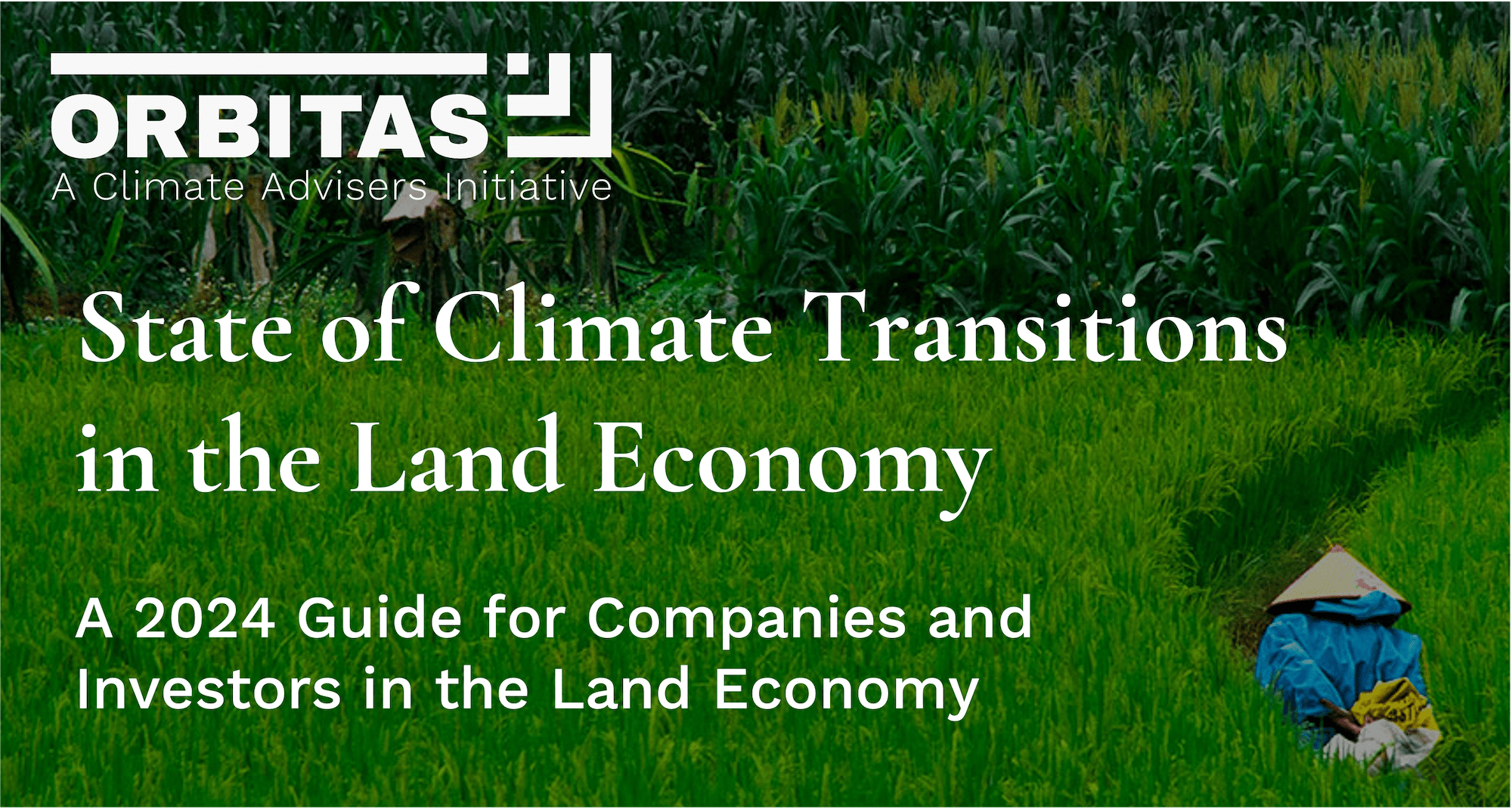
The first Orbitas report analyzing the major trends driving climate transitions for investors and businesses with guidance on how to manage them.
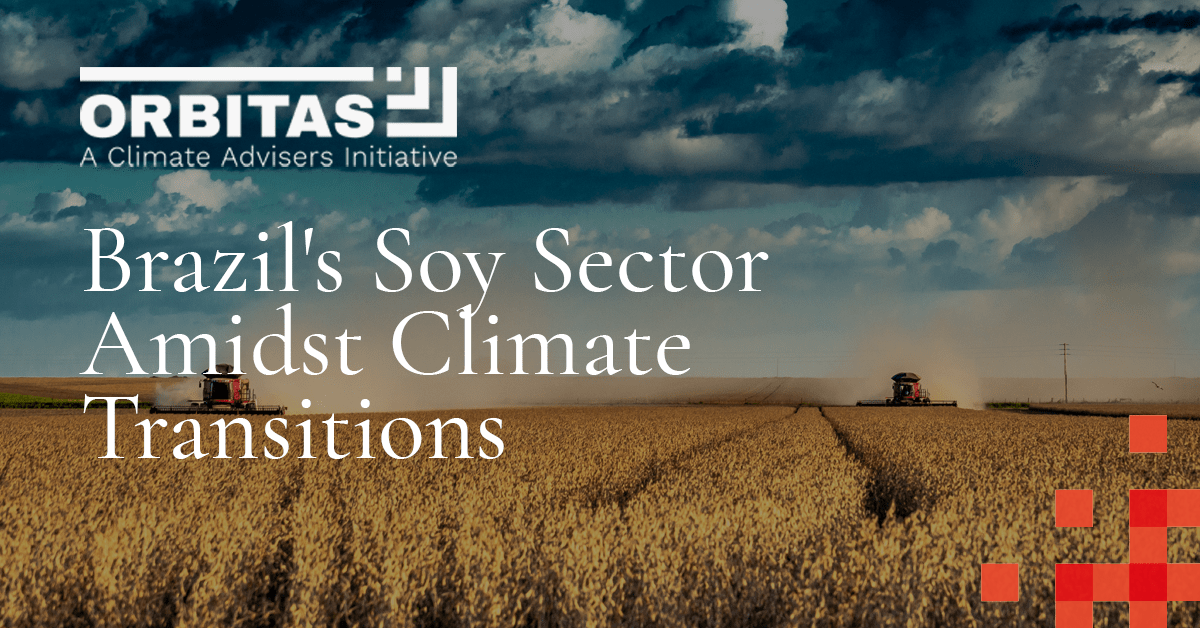
The latest Orbitas report assessing the financial risks and opportunities awaiting Brazil’s soy sector amidst climate transitions.
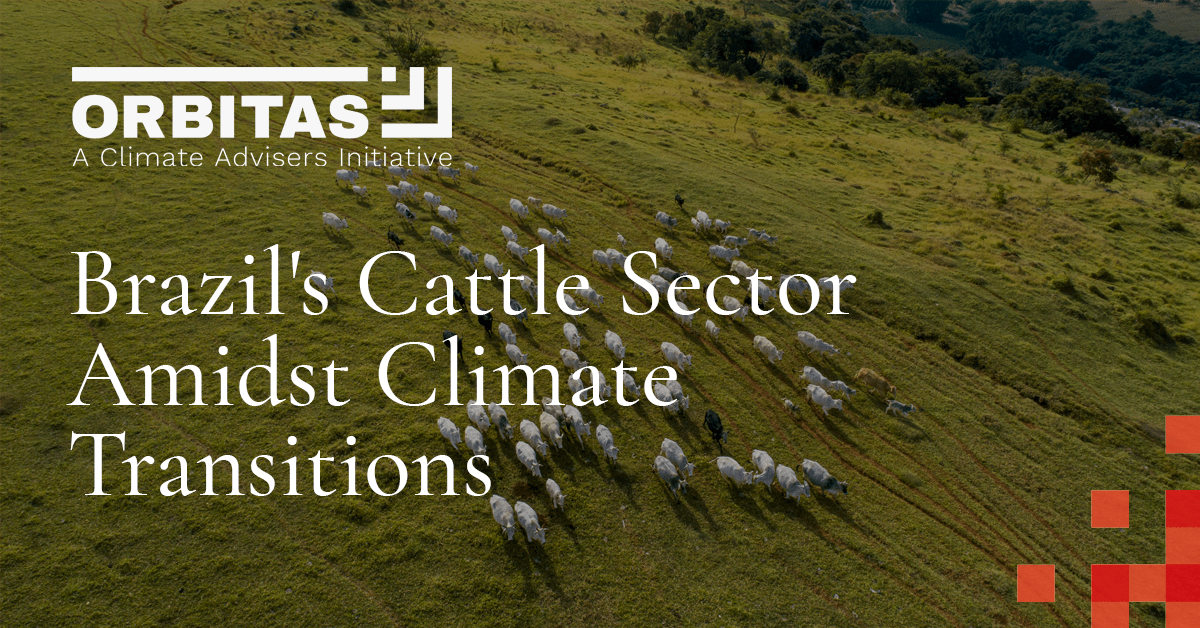
The latest Orbitas report assessing the financial risks and opportunities awaiting Brazil’s cattle sector amidst climate transitions.
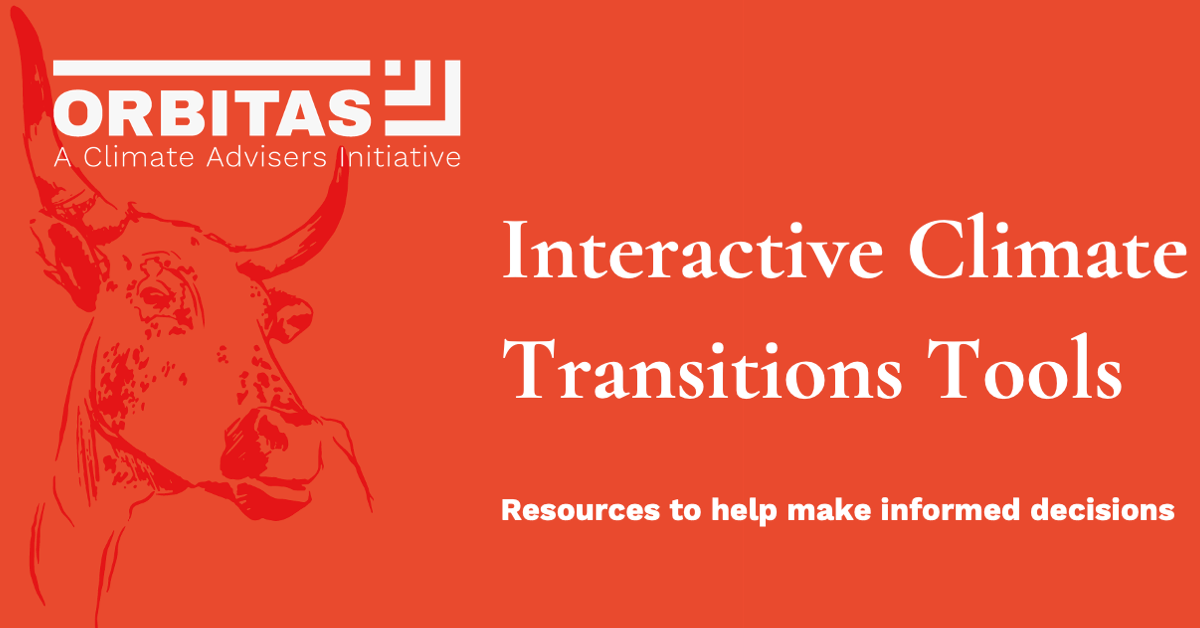
See our newest tools for stakeholders in Brazil’s cattle sector to see how different climate transition scenarios, illegal deforestation and other factors can impact their financial outlook.
WHO WE ARE
By combining cutting edge economic modeling with traditional financial analysis, Orbitas shines light on emerging climate transition risks and highlights opportunities for smarter financing. Orbitas is a Climate Advisers initiative.
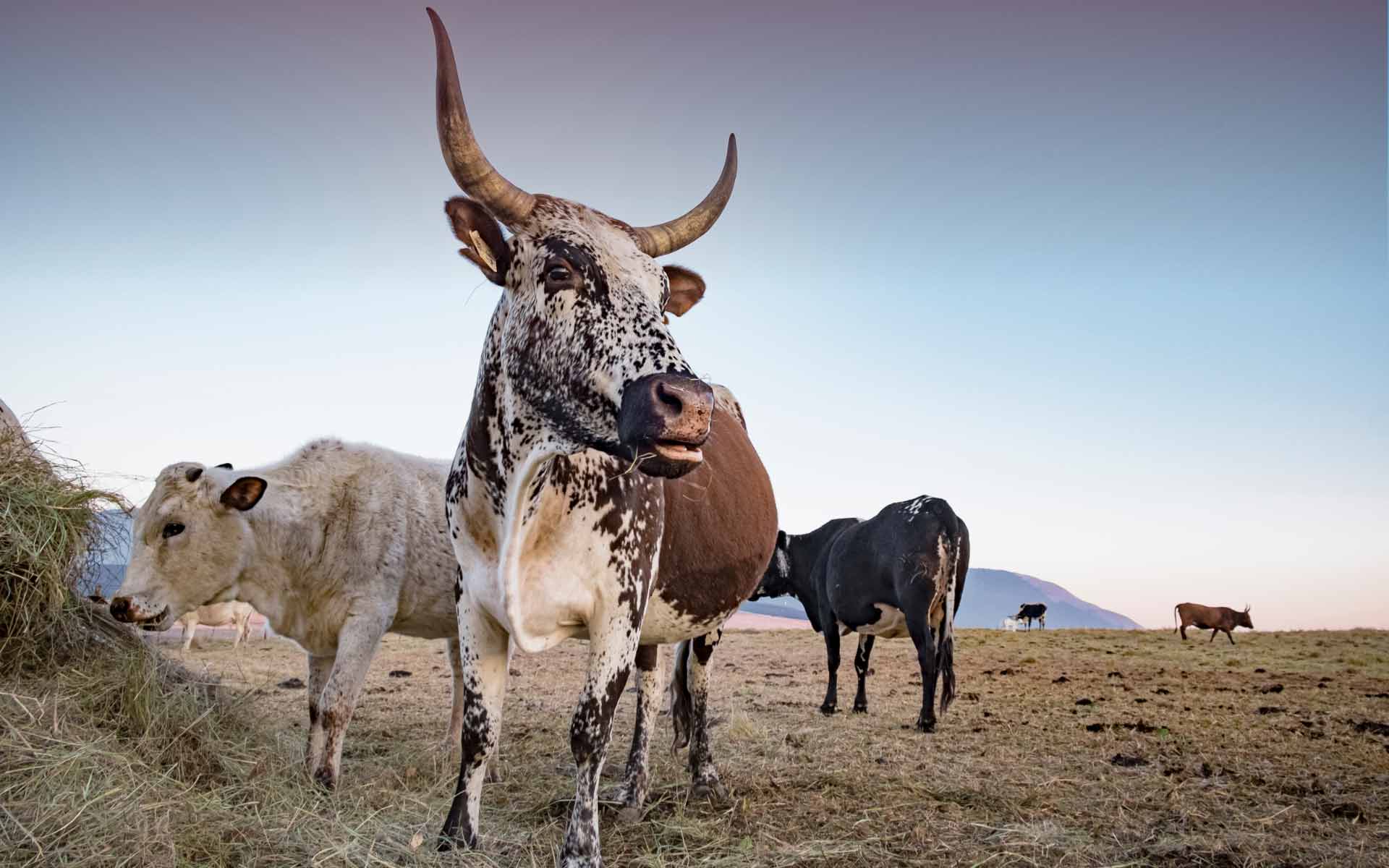
WHAT WE DO
Orbitas examines climate transition risks and opportunities for land economy stakeholders and capital providers.
Climate transitions are the efforts undertaken to tackle climate change through government policies, private sector commitments, evolving technology, and changing consumer preferences.
For companies and financiers involved in critical land economy sectors, like tropical commodities, reliant on future growth through land use change climate transitions represent material, industry-wide, disruptive risks. On the other hand, market leaders that proactively mitigate risks and lean into opportunities are likely to experience financial benefits.
EXPLORE
An interactive visual of tropical commodity financing
Explore the network of tropical commodity financing.
Learn how climate transitions threaten your investments
HOW WE WORK
Orbitas is dedicated to analyzing the land economy, which are impacted by climate transitions but have not yet received sufficient attention from capital providers.



Orbitas uses innovative modeling approaches to understand what climate transitions mean for different goods and industries within the land economy.
Capital providers can then see how these transitions could impair investments, through changes in key financial metrics.
Orbitas will work with financial institutions to highlight their current risks, help them develop tools for integrating climate transition scenario analysis into their internal processes and support the development of financing structures that support sustainable growth.

WHY COMMODITIES
Palm
Uses: Food, cosmetics, biofuel and energy, animal feed, pharmaceuticals, industrial inputs
Highest producing countries: Indonesia, Malaysia
Annual market value: $65 billion (Source: IISD)
Commodity-driven GHG emissions: 447.6 million tonnes (2017)

Soy
Uses: Food, animal feed, biofuel, bio-composites (building materials, etc.)
Highest producing countries: United States, Brazil, Argentina, India
Annual market value: $150 billion (Source: IndustryARC)
Commodity-driven GHG emissions: 129.2 million tonnes (2017)

Cattle
Uses: Food (meat, dairy), leather
Highest producing countries: United States, Brazil, EU, China, India, Argentina
Annual market value: $300 billion (beef), $414 billion (leather) (Source: Grand View Research)
Commodity-driven GHG emissions: 752.7 million tonnes (beef), 39.6 million tonnes (leather) (2017)
Palm
Uses: Food, cosmetics, biofuel and energy, animal feed, pharmaceuticals, industrial inputs
Highest producing countries: Indonesia, Malaysia
Annual market value: $65 billion (Source: IISD)
Commodity-driven GHG emissions: 447.6 million tonnes (2017)

Soy
Uses: Food, animal feed, biofuel, bio-composites (building materials, etc.)
Highest producing countries: United States, Brazil, Argentina, India
Annual market value: $150 billion (Source: IndustryARC)
Commodity-driven GHG emissions: 129.2 million tonnes (2017)

Cattle
Uses: Food (meat, dairy), leather
Highest producing countries: United States, Brazil, EU, China, India, Argentina
Annual market value: $300 billion (beef), $414 billion (leather) (Source: Grand View Research)
Commodity-driven GHG emissions: 752.7 million tonnes (beef), 39.6 million tonnes (leather) (2017)
OUR PUBLICATIONS

How investors can unlock Brazil’s natural capital opportunities at scale Authors: Kyle Saukas, Matt Piotrowski Nature is the most undervalued asset class in climate finance....

Why Ag Yield Increases May Finally Lead to Forest Restoration in Brazil Author: Josh McBee Despite rising yields, agricultural land use in Brazil has continued...

Why Brazil’s Policies Support Forest Restoration and Lay the Foundation for Leadership at COP30 Author: Josh McBee Brazil is positioning itself as a global leader in forest...

Brazil’s Forest Restoration Opportunity: Why Global Investors Should Take Note Author: André Amaral Orbitas' new report shows why Brazil is the next frontier for...

Brazilian Forest Restoration Market Can Unlock $141 Billion In Value Authors: Kyle Saukas New Orbitas report shows why Brazil is the next frontier for high-return,...

São Paulo, Brazil – June 30, 2025 Brazil’s Forest Restoration Market Poised to Deliver $141 Billion Opportunity for Companies and Investors Today, Orbitas, a Climate...
OUR TEAM